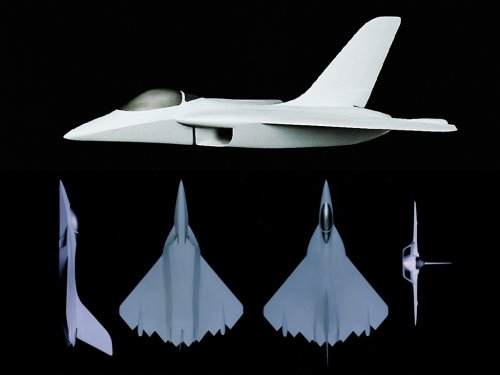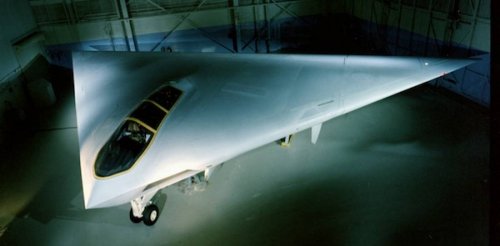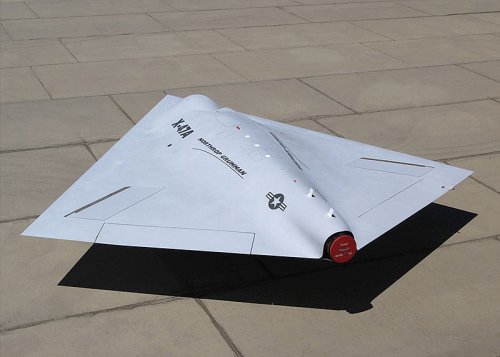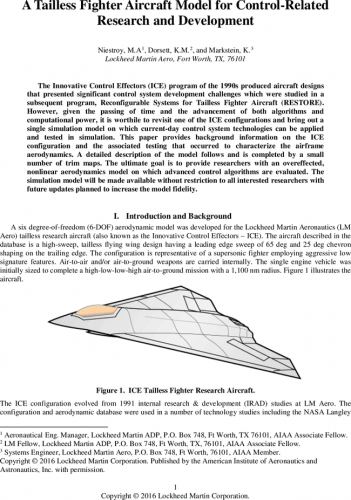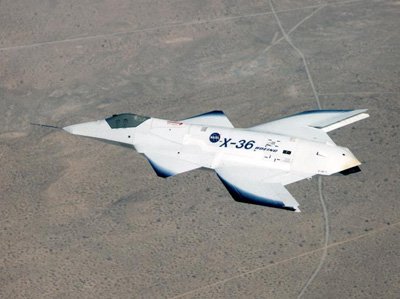lastdingo
Blogger http://defense-and-freedom.blogspot.de/
Has anyone a clue why there's no tailless delta low observable aircraft design?
Think a Mirage 2000 with GE F110 engine, AESA radar, and a bit more blend between wing and fuselage (forward fuselage in typical stealth fighter shape).
The vertical tail would be no issue if the wings are not parallel (hence no 90° angles) and it might even be possible to eliminate it with 3D TVC and as backup split elevons.
The absence of a (second) vertical stabilizer and of horizontal stabilizers should reduce RCS by much.
----------
I understand deltas bleed a lot of energy in turning, but that could be mitigated with much thrust and doesn't matter all that much when dodging missiles (which is about the most relevant use for agility in the age of 360° lock on after launch WVR missiles). Dodging missiles rather about instantaneous turn rate than sustained turn rate.
A Mirage 2000 was pretty close in agility to a F-16 which had much more thrust, so I suppose deltas don't need to be real bad in ACM (and ACM probably don't matter much any more).
Think a Mirage 2000 with GE F110 engine, AESA radar, and a bit more blend between wing and fuselage (forward fuselage in typical stealth fighter shape).
The vertical tail would be no issue if the wings are not parallel (hence no 90° angles) and it might even be possible to eliminate it with 3D TVC and as backup split elevons.
The absence of a (second) vertical stabilizer and of horizontal stabilizers should reduce RCS by much.
----------
I understand deltas bleed a lot of energy in turning, but that could be mitigated with much thrust and doesn't matter all that much when dodging missiles (which is about the most relevant use for agility in the age of 360° lock on after launch WVR missiles). Dodging missiles rather about instantaneous turn rate than sustained turn rate.
A Mirage 2000 was pretty close in agility to a F-16 which had much more thrust, so I suppose deltas don't need to be real bad in ACM (and ACM probably don't matter much any more).

